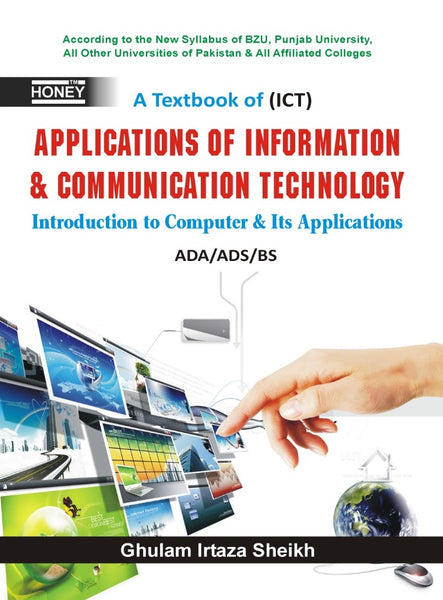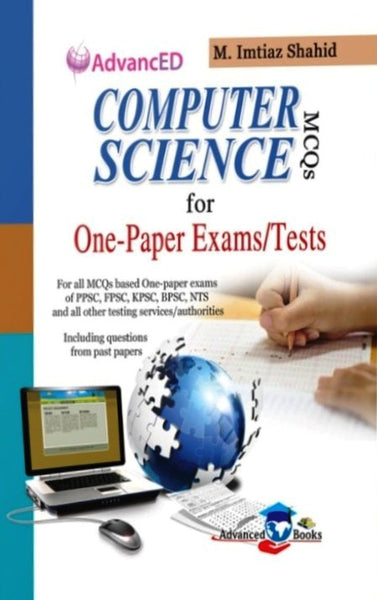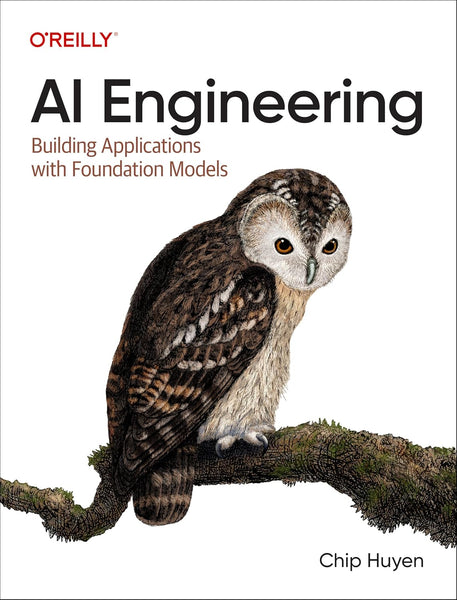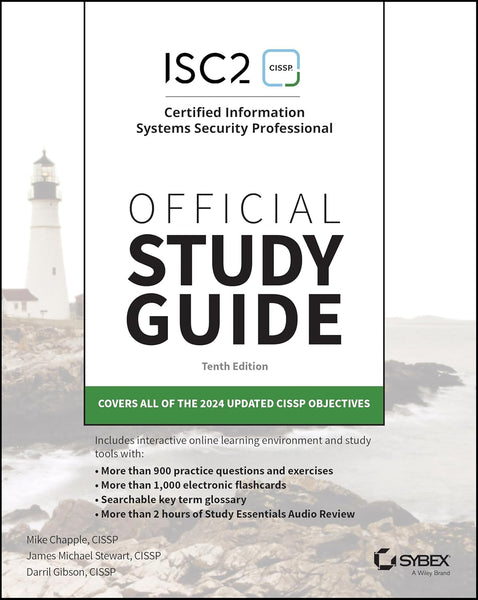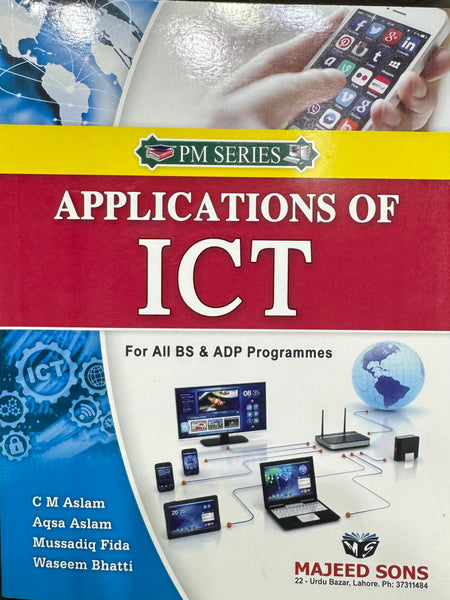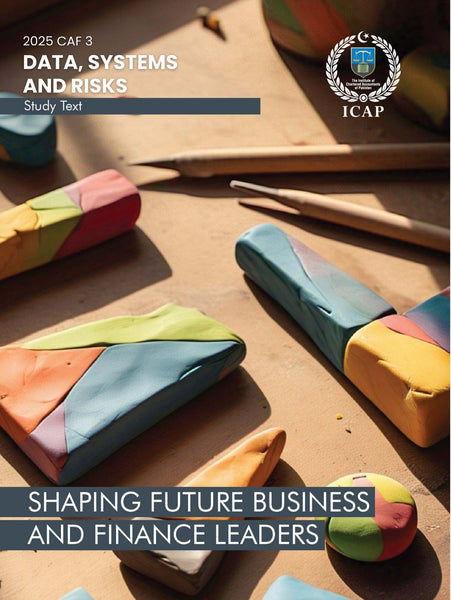Plasma Physics Via Computer Simulation by Charles K Birdsall (Author)
- Publisher: PHYSICS
- Availability: In Stock
- SKU: 47329
- Number of Pages: 469
Rs.990.00
Rs.1,295.00
Tags: A Bruce Langdon , best books , Best Price , Best Selling Books , Charles K Birdsall , Computational Fluid Dynamics , Computational Plasma Studies , Computer Simulation , Electromagnetic Field in Plasma , Magnetic Fusion , Numerical Methods in Plasma Physics , ONLINE BOOKS , Online Bookshop , Plasma Diagnostics , Plasma Dynamics , Plasma Equations , Plasma Instabilities , Plasma Modeling , Plasma Physics , Plasma Physics Methods , Plasma Physics Via Computer Simulation , Plasma Research , Plasma Simulation Software , Plasma Simulation Techniques , Plasma Simulations , Plasma State , Plasma Theory , Plasma Waves
Plasma Physics Via Computer Simulation, authored by Charles K. Birdsall and A. Bruce Langdon, is a comprehensive text that explores the theoretical and practical aspects of plasma physics through computer simulation techniques. The book provides a detailed introduction to the use of numerical methods to model and simulate the complex behavior of plasmas, a state of matter consisting of charged particles such as ions and electrons. Plasma physics, crucial for understanding phenomena in fields like fusion energy, space physics, and astrophysics, has become increasingly reliant on computer simulations to solve the intricate equations that govern plasma behavior. This work focuses on the development and application of computational tools to study plasma dynamics, offering readers insight into the mathematical models, algorithms, and software used in the field. By using a hands-on approach, the book allows readers to engage with the simulations themselves, providing exercises and examples that reinforce theoretical concepts. It is an essential resource for students and professionals in physics and engineering, particularly those interested in the computational aspects of plasma research.
Key Points:
-
Introduction to Plasma Physics: Provides foundational knowledge about plasmas, including their properties, dynamics, and applications in various scientific and industrial fields.
-
Role of Computer Simulations: Explains how computer simulations are used to model plasma behavior, focusing on the complexities of solving plasma-related equations.
-
Numerical Methods and Algorithms: Discusses the mathematical models and numerical techniques used in plasma simulations, including particle-in-cell (PIC) methods and fluid models.
-
Plasma Kinetics: Covers the study of plasma particles' behavior, transport phenomena, and kinetic effects, which are crucial for understanding plasma dynamics.
-
Fusion and Space Physics Applications: Highlights the significance of plasma physics simulations in areas like nuclear fusion, astrophysics, and space weather.
-
Practical Simulation Tools: Offers insight into various simulation tools and software used in plasma research, encouraging hands-on interaction and application.
-
Exercises and Examples: Provides practical examples and exercises to help students and practitioners apply the concepts learned in real-world scenarios.
-
Advanced Topics in Plasma Physics: Explores more complex topics, such as plasma instabilities, wave-particle interactions, and magnetic confinement.
-
Computational Plasma Physics: Emphasizes the role of computation in advancing plasma physics research and its applications in technology.
-
Learning Resource for Students and Researchers: Serves as both an educational tool for students and a reference guide for professionals interested in computational plasma physics.
Conclusion:
Plasma Physics Via Computer Simulation is a pivotal resource for anyone involved in the study or application of plasma physics. By blending theoretical concepts with practical computational tools, this book offers a hands-on approach to understanding complex plasma dynamics. Its detailed exploration of numerical methods, along with real-world applications in fusion and space physics, makes it an invaluable guide for students, researchers, and professionals. This text ensures that readers are not only equipped with the foundational knowledge of plasma physics but also with the computational skills to model and simulate plasma behavior in various contexts.
════ ⋆★⋆ ═══
Writer ✤ Charles K Birdsall (Author), A Bruce Langdon (Author)



